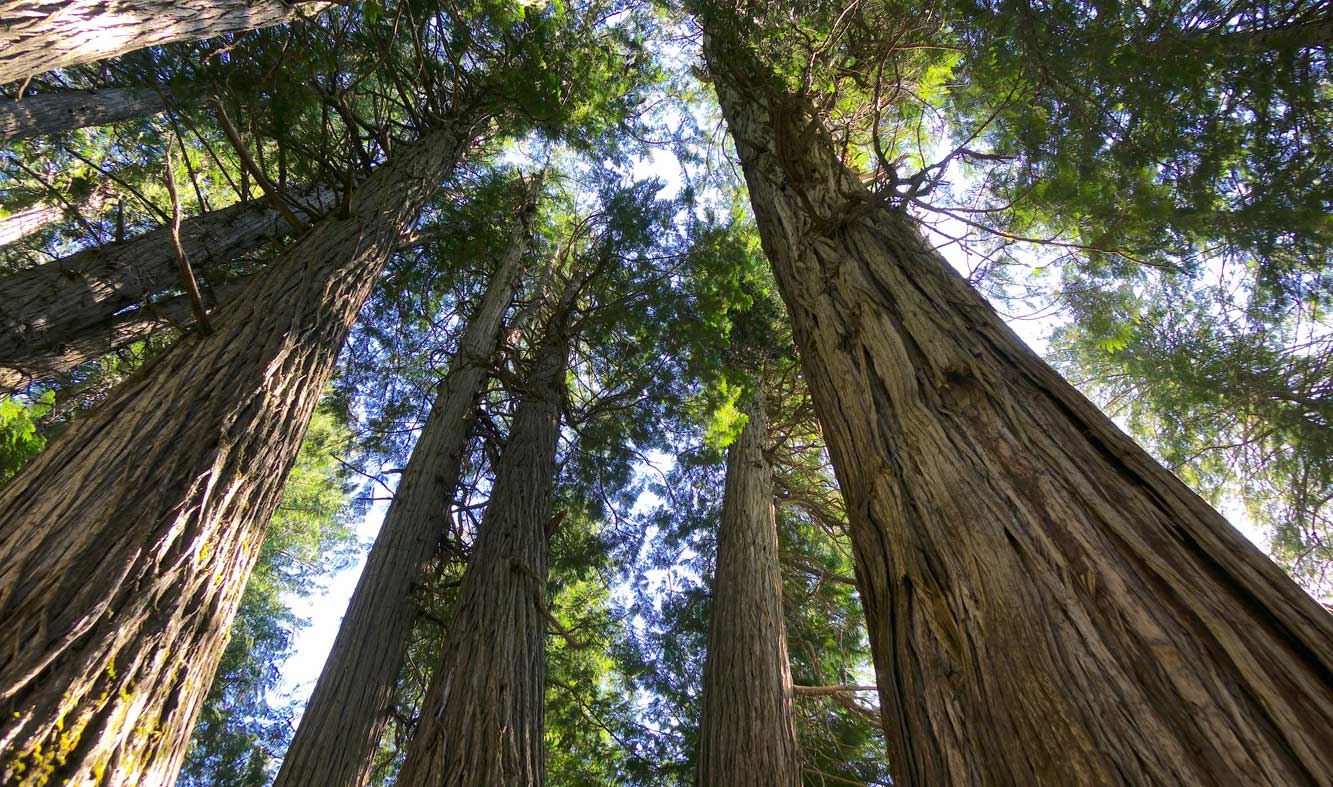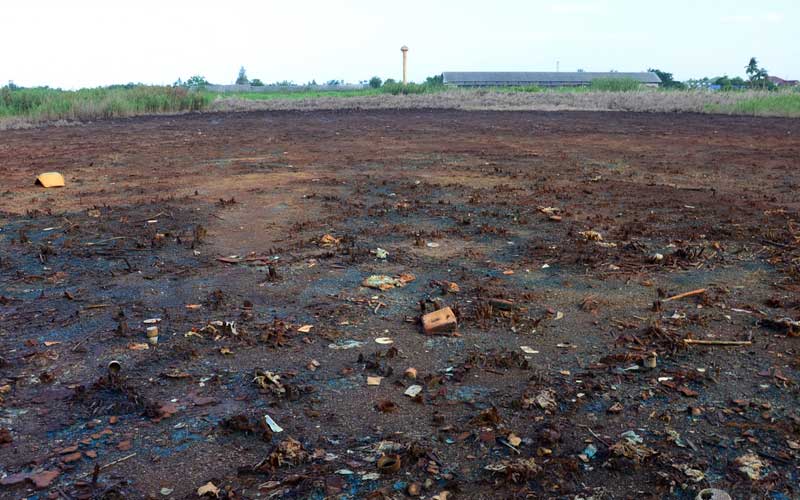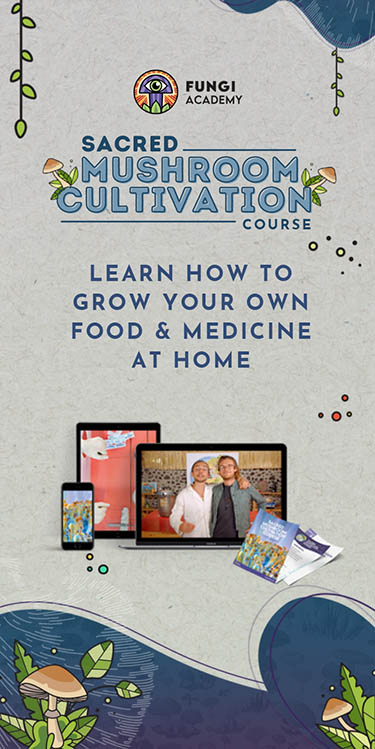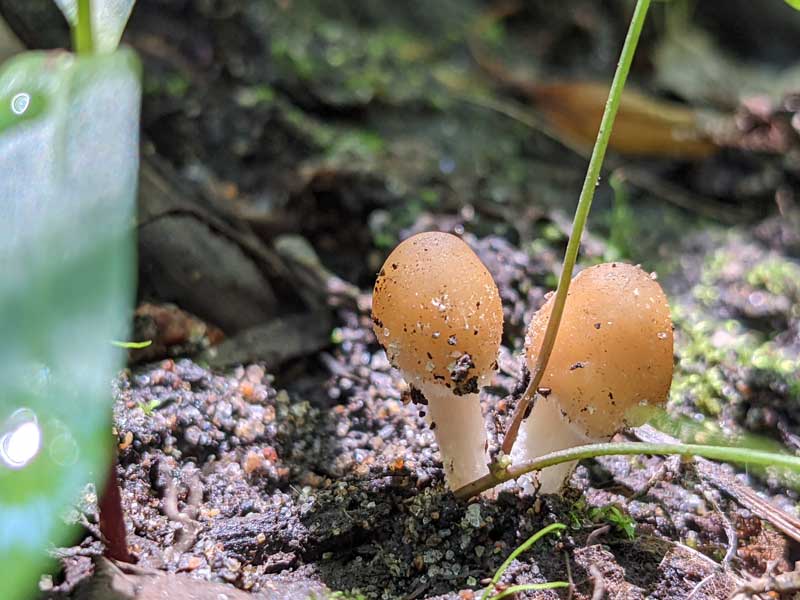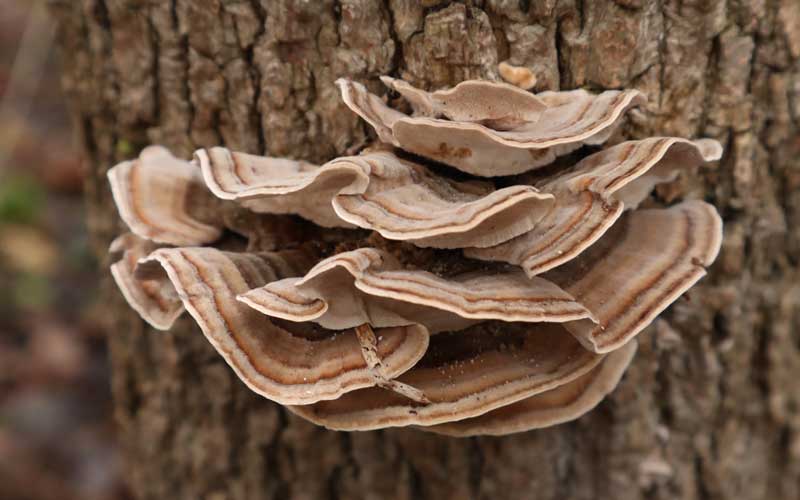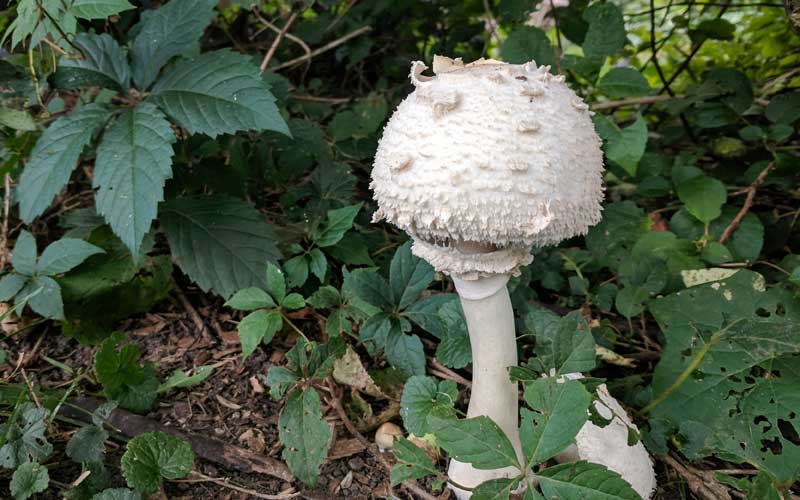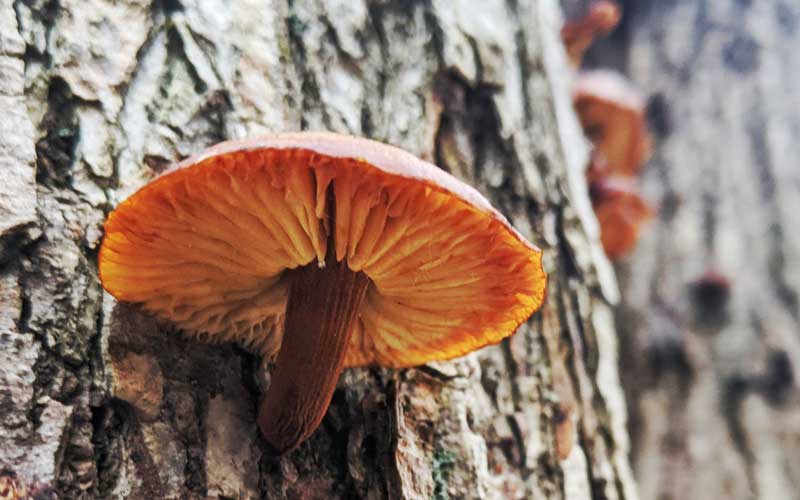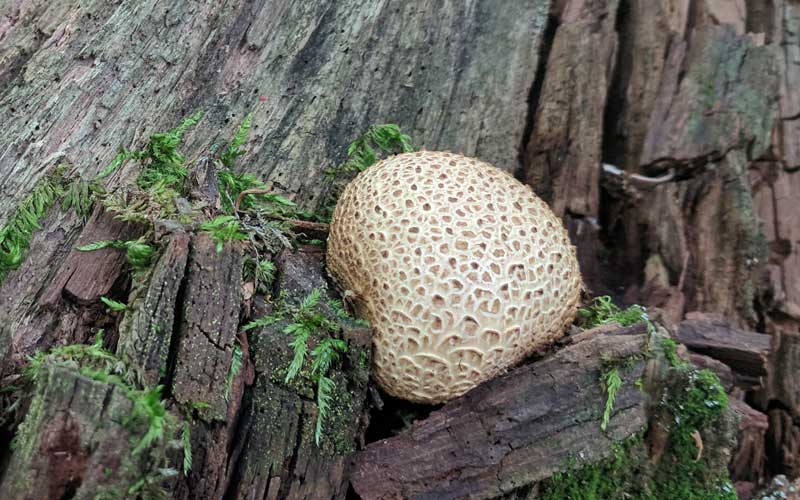- Home
- Mycelium Intro
- Mushrooms Climate Change
Mushrooms and Fungi are Nature's Secret Allies in Combating Climate Change.
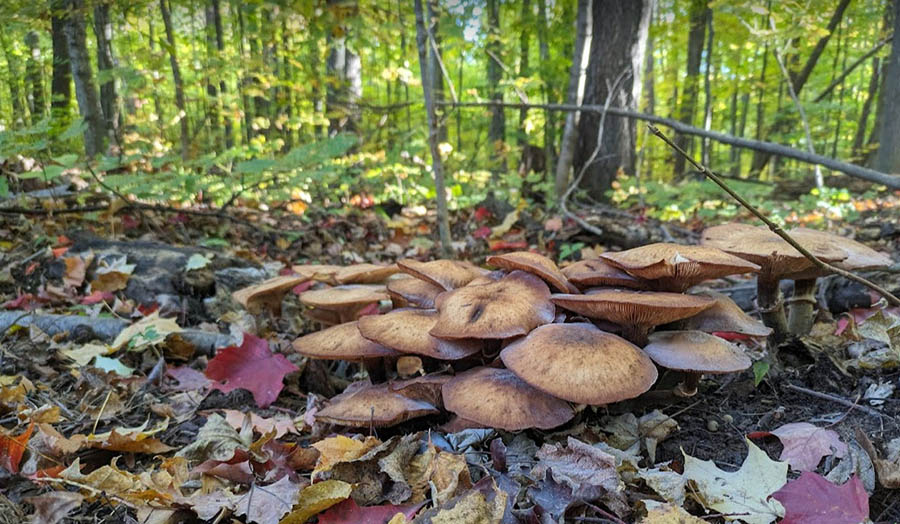
I’m fascinated by the role played by mushrooms and fungi in addressing one of the greatest challenges of our time: climate change.
Despite being often overlooked, mushrooms possess some remarkable abilities that could contribute to adapting to and mitigating the impacts of this global crisis.
In this article, we’ll explore three ways in which mushrooms could play a significant role in carbon capture, forest health, and mycorestoration.
They’re nature's unsung heroes in our fight against climate change!
Mushrooms and fungi support increased carbon capture.
Mushrooms, specifically through their symbiotic relationship with trees, can contribute to carbon sequestration and mitigate greenhouse gas emissions.
Mycorrhizal fungi form a mutually beneficial partnership with plant roots, allowing them to absorb nutrients and water more efficiently. In turn, these fungi enhance the ability of trees to capture and store carbon dioxide through photosynthesis.
This symbiotic relationship works as an ecological virtuous cycle, with mycorrhizal fungi providing trees with necessary nutrients, while trees reciprocate by supplying fungi with sugars produced through photosynthesis.
Mushrooms and fungi support forest health.
Mushrooms, as decomposers, play a vital role in maintaining forest health.
As climate change intensifies, forests face increasing stress due to factors like drought, invasive species, and disease. However, the presence of certain mushroom species can help mitigate these pressures.
For instance, wood-decaying fungi contribute to the decomposition process, breaking down fallen logs and other organic matter. By doing so, they recycle nutrients back into the soil, ensuring the continued productivity of the forest ecosystem.
Moreover, some mushrooms possess inherent antimicrobial properties, effectively combating pathogens harmful to trees. The use of mushrooms to combat pests and diseases, such as the notorious bark beetle infestations, could provide a more sustainable and ecologically friendly alternative to harmful pesticides commonly used in forest management.
Mushrooms and fungi drive mycorestoration.
The practice of mycorestoration, which harnesses the power of fungi to restore damaged ecosystems, holds great promise for combating climate change impacts.
One standout example is mycoremediation, a process by which specific fungi break down and neutralize pollutants, including various toxic compounds and heavy metals.
By rehabilitating polluted and contaminated sites, we can restore their functionality and biodiversity, while simultaneously addressing the release of greenhouse gases typically associated with such areas.
Additionally, mycoforestry presents a revolutionary approach to regenerative land management. This technique involves employing specific mushroom species to enhance soil health, increase water retention, and boost carbon sequestration rates.
By integrating mushrooms into forest management practices, we can create resilient and sustainable ecosystems that better withstand climate change impacts and support a wide array of biological organisms.
The climate change superpowers of mushrooms and fungi.
From their remarkable ability to capture carbon and enhance forest health to their promising potentials in mycorestoration, fungi offer a unique set of tools that can help us adapt to and mitigate the impacts of this global crisis.
However, we also need to recognize that our understanding of mushroom ecology is still growing. We need ongoing research, education, and knowledge-sharing to fully harness the potential of these fascinating organisms.
Embracing mushrooms as allies in our fight against climate change not only highlights their ecological importance but also underscores the value of the interconnectedness of all living things.
References:
1. Boddy, Lynne, et al. "Mycorrhizal‐mediated competition between plants and decomposers drives soil carbon storage." Nature 680.7743 (2017): 582-585.
2. Pugh, Jonathan, et al. "Cascading forest ecosystem responses to the vanishing of large animals." Science 365.6448 (2019): eaaw7578.
3. Schneider, Sarah M., et al. "Harnessing the power of the mycobiome." Nature Reviews Microbiology 18.12 (2020): 753-766.
4. Rinu, Kandanattu P., et al. "Evaluation of antimicrobial activity of polypore mushroom extracts against tree pathogens." Journal of Plant Pathology & Microbiology 9.10 (2018): 448.
5. Raudabaugh, Daniel B., and John W. Taylor. "The microbiome of the built environment and human behavior: implications for emotional health and well-being in postmodern western societies." Int. J. Genomics 21 (2017): 4917971.
6. Stamets, Paul. "Mycelium running: how mushrooms can help save the world." Ten Speed Press, 2005.
7. Stamets, Paul. "Using mushrooms to solve forest health problems." Forest Mycology and Trypanosomes 5 (2018): 33-47.
8. Stamets, Paul, and Christopher M. M. Hodgson. "Mycelium running: a guide to healing the planet through gardening with gourmet and medicinal mushrooms." Random House LLC, 2011.
Related Topics:
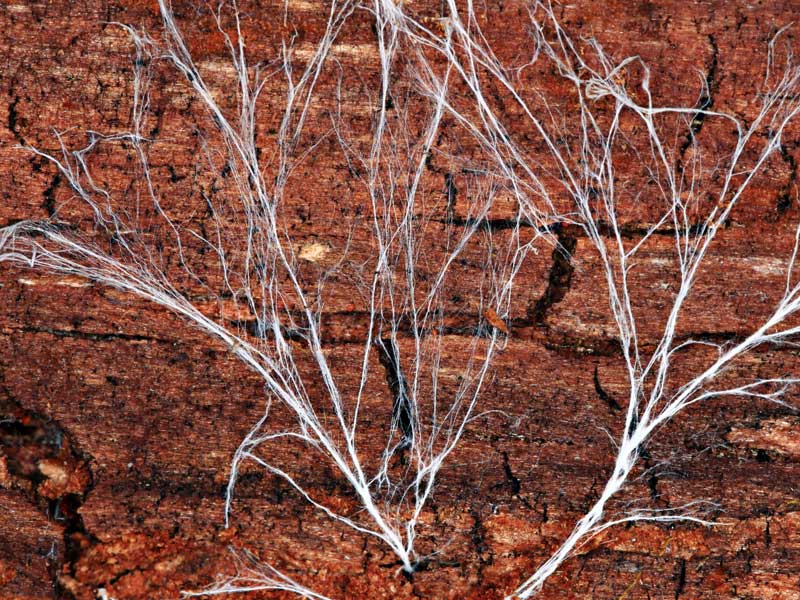
Mycelium… the underground network that connects and supports all life.
Mycelium is the miracle beneath our feet. It’s the root system of the mushrooms we see above ground, and a whole lot more. Read the full article...
How mushrooms and mycoforestry improve forest health.
Mycoforestry is the strategy of using mycorrhizal fungi to help damaged ecosystems—big or small—recover faster. The full article...
Mycoremediation can help clean up large areas of polluted land and waters.
Mycoremediation is the use of fungal mycelium to help clean up oil spills, toxic soil at old industrial sites, and polluted waterways. Read the full article...
Could plastic-eating mushrooms save our oceans?
Our oceans are choked with plastics. Mycoremediation projects using plastic-eating mushrooms could help solve the problem. Full article...
